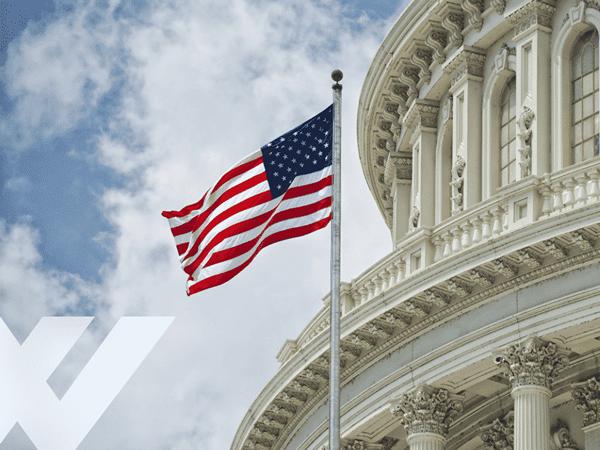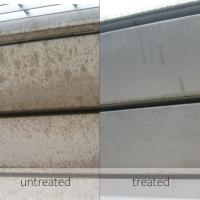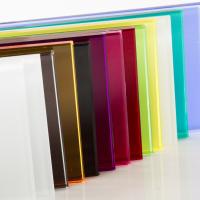
Date: 4 September 2020
On July 2, 2020 the U.S. House of Representatives passed the H.R.919 – Bird-Safe Buildings Act. This bill voted by the House of Representative stipulates (with few exceptions) that all GSA buildings constructed or revamped need to incorporate bird safe glass.
The portion of the bill that deals with preventing birds from colliding with glass states that for the first 40 feet, 90% of the exposed façade must be treated while for the next 40 feet up, 60% of the exposed façade must be treated.
Walker is most encouraged by GSA’s use of the prescriptive approach – specifically adopting the use of the proven 2×4 rule, meaning that visual markers must be two inches or less of horizontal space or four inches or less of vertical space on the glass surface. The 2×4 rule has been studied by leading experts and it has proven its effectiveness over time. Other details include the need for markers on corners, all glass structures and any materials attractive to birds. While additional steps are needed before the bill becomes law, a major hurdle has been overcome with this positive outcome in the House of Representatives.
“The Bird-safe Buildings Act is a major milestone in the U.S. It demonstrates that bird mortality from collisions has reached the mainstream and that people across the country want to take action to stop that mortality.” says Dr. Christine Sheppard Director, Glass Collisions Program at the American Bird Conservancy
World-renowned ornithologist, Dr. Daniel Klem goes on to say, “The Bird-Safe Buildings Act (U.S. House Bill 919) included as an amendment within The Moving Forward Act (U.S. House Bill 2) is a remarkably positive bipartisan environmental legislation. It protects defenseless and valuable wild birds from the windows they cannot see as barriers to avoid in U.S. government buildings and serves as a promising model to stimulate legislation for all buildings. Representative Quigley and all who supported his long and persistent commitment to this conservation cause of saving bird lives from windows deserve our sincere expression of gratitude. The birds surely would offer the loudest thank you if they did not need humans to speak for them on their behalf.”
Other legislation and standards have recently been adopted in the United States and Canada. Further developments are coming and will contribute to the bird deterrence movement. The face of architecture is changing as our acknowledgement of environmental challenges grow.
For more information on bird safe glass visit our web page: https://www.walkerglass.com/resources/bird-safe-glass/
 600450
600450




















Add new comment